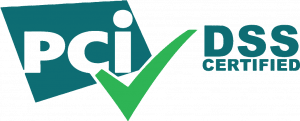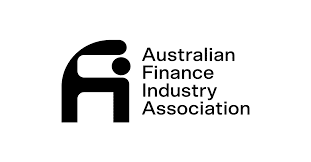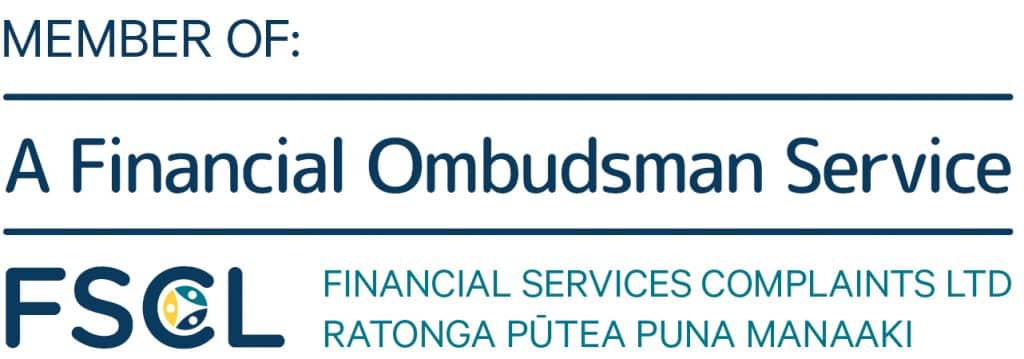By Dawn Minnaar
Director of South African Operations
MyChargeBack
We are often asked what is so complicated about chargebacks. There are many answers to that question. The fact that chargeback rules being complex and ever-changing is only the beginning. What raises the complexity to a whole new level is that there simply is no single set of rules. In fact, the rules vary by payment network and jurisdiction.
Knowing those differences and understanding how to apply them to our client’s cases is what sets MyChargeBack apart from the competition.
Visa and Mastercard Have Different Chargeback Rules
The concept of chargebacks is based on the Fair Credit Billing Act, an American law dating back to 1974. The law was among the first pieces of consumer protection legislation aimed at helping credit cardholders avoid unwarranted charges.
The reasoning behind the legislation is a little murky, and is the subject of considerable speculation and conjecture. On the one hand, the young credit card industry had led to some nasty predatory practices that left naive consumers deeply in debt, with their financial lives and futures destroyed. Among the worst of these was also the “drop.”
In the first such “drop,” the Bank of America sent out 60,000 pre-approved credit cards to unsuspecting residents of the Northern California city of Fresno in 1958. Over the next decade, roughly 100 million credit cards were “dropped” on more or less randomly selected Americans, leading to so much financial chaos that “dropping” cards was finally outlawed in 1970. It turns out that giving people unasked-for lines of credit without even checking their credit worthiness is not exactly a recipe for economic stability.
Legitimate consumer protection was, therefore, one possible motivating factor behind the Fair Credit Billing Act. There is a competing theory, however, and it is a somewhat more cynical one. The predatory behavior of corporations combined with consumers’ lack of familiarity with the radical new technological innovation known as the credit card resulted in low adoption rates among the general public.
It was in the government’s interest, according to this theory, to promote consumer spending by encouraging the adoption of credit cards and private debt. And that was the primary motivating factor behind the consumer protection legislation. To ease the minds of the public, thereby overcoming their misgivings.
Whichever theory is ultimately true, what is undeniable is that the Fair Credit Billing Act did result in massively increasing credit card adoption rates, first in the United States, and ultimately around the world, as other nations adopted similar protections.
It was left to the various card networks such as Visa and Mastercard (and the rest) to formulate company policies and rules in compliance with the law. Each company did so in its own way, resulting in chargeback rules that are far from uniform.
The examples are too numerous to list, but it is MyChargeBack’s job to know them all. The Mastercard chargeback rulebook is well over 300 pages long, and the book of Visa core rules runs to more than 800 pages. When a client of ours is faced with a complex payment dispute, we need to be able to determine right away how to apply which rules to his case correctly.
We even have cases in which a client has had a longstanding relationship with a merchant, resulting in numerous transactions using both Visa and Mastercard, and now all the payments are being disputed. MyChargeBack will assess the eligibility and best strategies for all of them in light of the different rules.
Different Countries Have Different Chargeback Rules
If chargebacks are based on an American law, how does that affect cardholders in other countries around the world?
Even though, as mentioned above, Visa and Mastercard formulated their chargeback rules to comply with America’s Fair Credit Billing Act, today they are major multinational corporations serving customers across the globe. That means that their chargeback rules need to comply with the laws and regulations in each and every country in which they operate. Sometimes the only way of accomplishing that is by simply having different rules for different countries.
If you look through those huge Visa and Mastercard rulebooks, you will see places where the rules split off by country or region. Another wrinkle is the fact that in the modern global economy it is perfectly normal for the customer to reside in one country while the merchant operates in another. Sometimes the merchant will be domiciled in one country and registered and banked in another. And if goods are being shipped, that might be taking place from an entirely different jurisdiction.
It can get even more complicated. The European Union, for example, has a set of laws (“directives”) and regulations that must be followed by all member countries, and still those member countries have some leeway to promulgate their own rules. And the credit card industry needs to be compliant with all of it.
In the event of a dispute, knowing what chargeback rules apply in such a scenario is an immensely complicated task, but it is one that MyChargeBack is always equal to. We know the rules, making sure to stay on top of their frequent changes. We also know how to use the rules most effectively to present the strongest possible case for our clients. And MyChargeBack has had clients from dozens of countries on six continents, and those clients come to us because their cases were complex.
The more complex the case, the more MyChargeBack is in its element.






